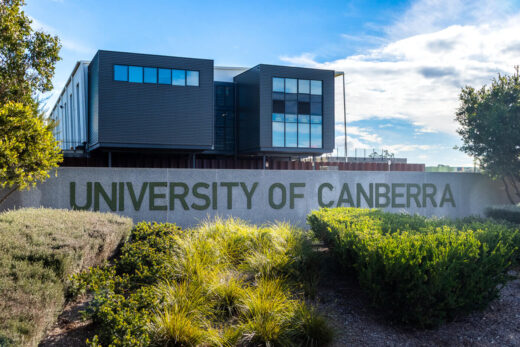Working with Thomas Tucker and Dr. Stephen Barrass to explore the indigenous artwork at Yankie Hat, Namadgi National Park and Jibbon Point. Using a Faro laser scanner we are looking at opportunities for digital augmentation, inductive modeling, and 3D printing. (YouTube version)
Yankee Hat
The only currently known Aboriginal art sites in the ACT occur in Namadgi National Park and Tidbinbilla Nature Reserve. The Yankee Hat art sites are located within Namadgi in the Gudgenby Valley, (approximately 30 kilometres south-west of the township of Tharwa or a 90 minute drive from the centre of Canberra) in a complex of boulders situated at the foot of Yankee Hat Mountain. Carbon dating of the campsite deposits in the Yankee Hat rock shelter show that Aboriginal people began using the shelter more than 800 years ago. Evidence from nearby sites suggests that people were camping in the area, and presumably painting, as long as 3,700 years ago.
Jibbon Point, Dharawal Aboriginal Engravings
At approx 30 km from the Sydney CBD in The Royal National Park, the village of Bundeena hides an interesting collection of Aboriginal rock engravings by the Dharawal Aboriginal people.
The rock engravings have been estimated to be approx 2000 years old & depict images of a whale, stingray, kangaroo & human figure. There are a number of other faint images that are hard to make out as they have slowly been eroded over time & are outlines of animals in their basic shapes. The images suggest the local Aboriginal tribe had some sort of great affiliation, respect &/or affinity with animals. The images do not depict any corroborees, animal hunts or mass gatherings of people & seem significant for their representation of the local sea life.
The human figure has been described as a ‘law-giver’ who has a sixth finger & a big stomach. The images do not seem to be part of any single scene or story as their positioning is random & at different angles & sizes to one another. The site is on a cliff that overlooks the sea where whales are known to use as a corridor to warmer waters during the seasonal migration up the east Australian coast during winter in the southern hemisphere as it becomes too cold in their Antarctic waters.
The Dharawal Aboriginal rock engraving site itself is situated near the edge of a very scenic spot looking out to the Pacific Ocean to the east & the Cronulla peninsula is quite visible to the north, just behind wild shrubs & trees. The engravings are sited on a rock floor & are only accessible via a great walk across Jibbon Beach which is approx 1 km. From the beach, it is a further few hundred meters in & around the low cliff at Jibbon Point. Currently, all the information signs have been vandalized but if you scratch around after the 3rd sign you will literally walk over the site. The well worn narrow path is overgrown with flora & is poorly marked to indicate distance as the normal standards of the National Parks & Wildlife Service (NPWS) is normally quite excellent for sites of natural & cultural significance. There are no hand railings for the handicapped & would be very difficult to reach by wheelchair without significant help but makes for a scenic walk from Jibbon Beach.



